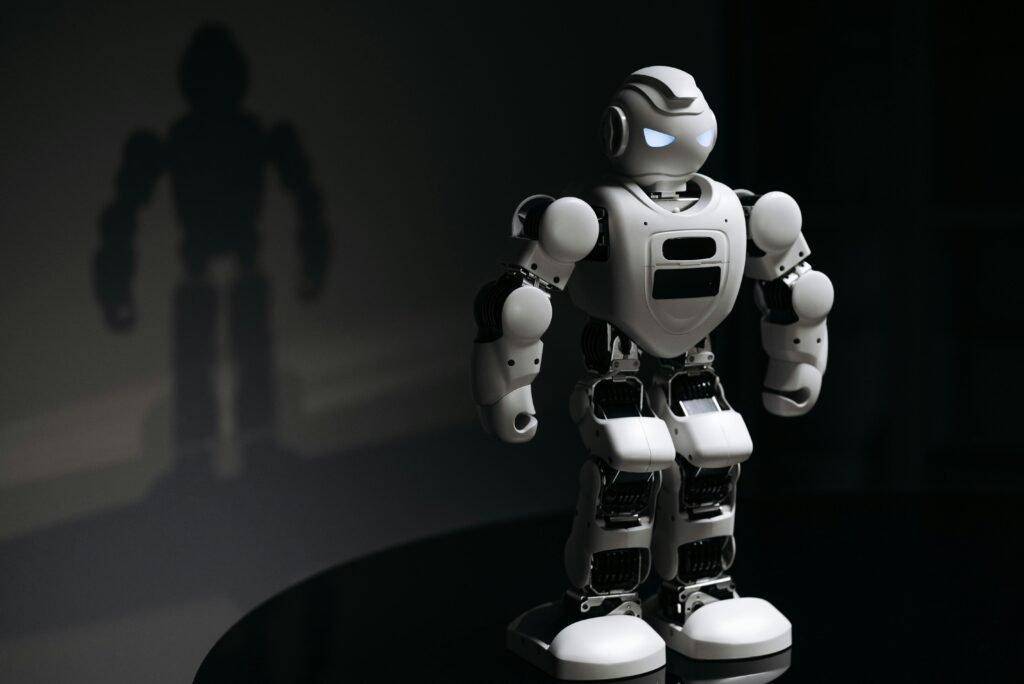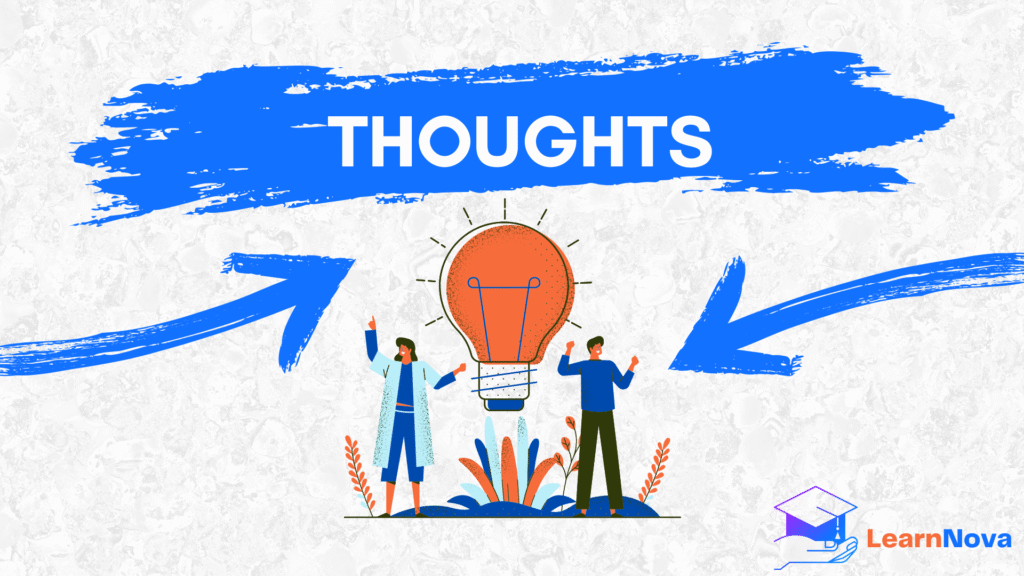The Rise Of Generative Ai in 2025 : How It’s Changing Content Creation

Table of Contents
Introduction
The rapid evolution of Artificial Intelligence (AI) has transformed many industries, with Generative AI emerging as a groundbreaking innovation. Generative AI is reshaping content creation by enabling machines to produce original text, images, videos, and even code with remarkable efficiency. From blog posts and social media content to digital art and software development, AI-powered tools are pushing the boundaries of creativity and productivity. In this article, we will explore how generative AI is revolutionizing content creation, its benefits, challenges, and what the future holds.
What is Generative AI?
Generative AI is a type of artificial intelligence designed to create new content based on patterns learned from existing data. Unlike traditional AI that focuses on analysis and prediction, generative AI produces entirely new artifacts that mimic human creativity. Some of the most popular generative AI models include ChatGPT for text generation, DALL-E for image synthesis, and RunwayML for video editing.
The technology is built upon machine learning models like transformers and diffusion models, which are trained on massive datasets. This allows them to understand language nuances, artistic styles, and even programming logic, making them versatile tools for AI content creation.
How Generative AI is Transforming Content Creation
1. Text Generation
- One of the most significant impacts of generative AI is in the field of text creation. Tools like ChatGPT, Jasper, and Copy.ai enable businesses and marketers to generate high-quality written content almost instantly.
- SEO Content Generation: Generative AI can produce SEO-optimized articles, helping websites rank higher on search engines.
- Social Media Management: Automated generation of platform-specific content boosts engagement.
- Email Marketing Campaigns: Streamlined creation of personalized, conversion-focused emails.
- These AI-driven platforms can analyze keyword trends and generate text that aligns with SEO best practices, making it easier to target specific audiences and drive organic traffic.
2. Image and Graphic Design
- Generative AI isn’t limited to text; it also transforms visual content. Tools like DALL-E and Midjourney allow users to create stunning images and digital art from text prompts.
- Custom Illustrations: Designers can produce unique artwork without manual drawing.
- Product Mockups: Visualize product designs quickly for marketing and prototyping.
- Marketing Graphics: Generate captivating visuals for ad campaigns with ease.
- By simplifying graphic design, generative AI reduces the time and cost of content production while maintaining quality and creativity.
3. Video and Animation
- Generative AI is also making strides in video content creation. Platforms like RunwayML and Synthesia enable users to generate videos, animations, and even realistic avatars.
- Automated Video Editing: AI accelerates post-production processes, reducing manual labor.
- Virtual Presenters: Create lifelike avatars for corporate training or virtual events.
- 3D Animation: Quickly design immersive animations for marketing or gaming.
- These capabilities are expanding possibilities for marketers and educators, enabling more interactive and engaging experiences.
4. Code Generation
- For developers, generative AI tools such as GitHub Copilot and CodeT5 are streamlining the coding process.
- Rapid Prototyping: Generate code snippets faster, accelerating development cycles.
- Bug Detection: AI tools can identify and suggest fixes for coding errors.
- Boilerplate Code Creation: Automate repetitive coding tasks, enhancing productivity.
- By leveraging AI for code generation, developers can focus more on innovation and less on repetitive tasks.
Benefits of Generative AI in Content Creation
- Efficiency and Speed: Content is created at a fraction of the time compared to traditional methods.
- Cost-Effectiveness: Reduces the need for extensive creative teams, saving on costs.
- Scalability: Enables the production of vast amounts of content to meet growing demand.
- Personalization: AI-driven tools allow for tailored content that resonates with target audiences.
Challenges and Ethical Considerations
- While the advantages of generative AI are clear, there are also significant challenges:
- Plagiarism and Copyright Issues: Ensuring AI-generated content is original and respects intellectual property rights.
- Bias in AI Models: Generative AI can sometimes reflect biases present in its training data.
- Misinformation Risks: The ease of creating convincing fake content raises concerns about misinformation.
- Deepfake Concerns: AI-generated videos and images can be manipulated to deceive viewers.
- Addressing these challenges requires responsible use and strict ethical guidelines to prevent misuse.
The Future of Content Creation with Generative AI
The future of content creation with generative AI looks promising. As technologies advance, we can expect more seamless integration of text, visuals, and interactive media. Multimodal models that combine natural language processing (NLP) and computer vision will enable richer, more immersive digital experiences.
In marketing, AI-driven tools will further enhance personalized content strategies, targeting users with highly relevant and engaging media. For developers, code-generation models will likely evolve, leading to fully AI-driven application development.

Conclusion
Generative AI is transforming how content is created, distributed, and consumed. Its ability to generate text, images, video, and code with remarkable speed and accuracy is reshaping digital marketing, content creation, and software development. While challenges remain, the potential benefits far outweigh the risks, making generative AI a powerful tool for innovation.

